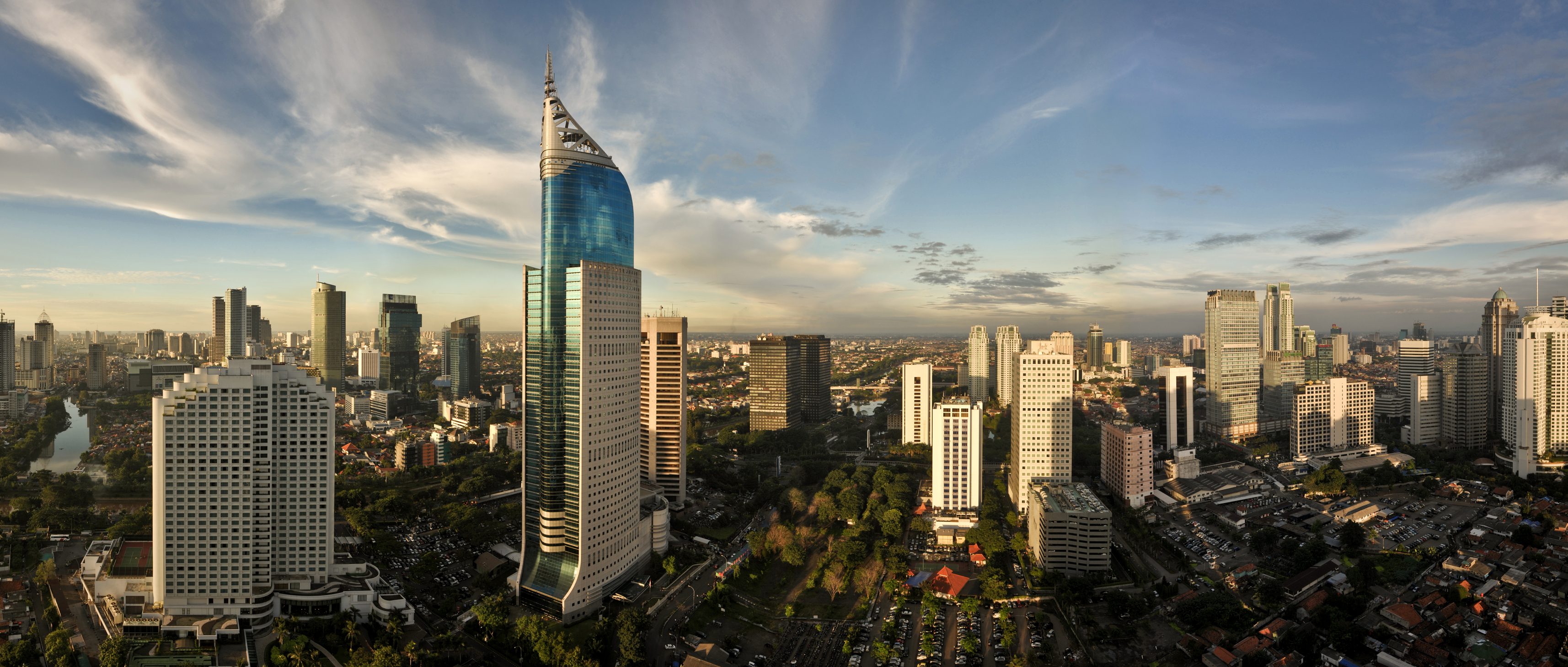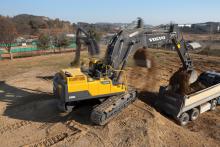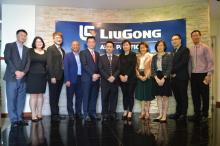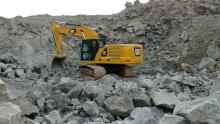
Indonesia has South-East Asia’s biggest economy and a list of infrastructure ambitions to go with it. Patrick Smith reports.
Indonesia, which is made up of thousands of volcanic islands, covers some 1.9 million km², and has the largest economy in South-East Asia.
One of the emerging market economies of the world, the nation, home to many ethnic groups speaking a variety of different languages, is a member of G-20 major economies and is said to have the world’s 16th largest economy by nominal gross domestic product (GDP) and the seventh largest in terms of PPP (purchasing power parity).
According to the
The country is said to still depend on the domestic market and government budget spending and its ownership of state-owned enterprises (the central government owns 141 enterprises), while the administration of prices of a range of basic goods plays a significant role in Indonesia’s market economy.
Since the 1990s, it is reported that 80% of the economy has been controlled by private Indonesians and foreign companies, and indeed many major quarry and mine operators operate in the country using equipment from major construction equipment manufacturers.
Indeed, Deere & Company’s recent US$5.2 billion purchase of the German
“The acquisition will enable Deere to expand its global distribution and enhance capabilities in emerging markets, including China, Indonesia and Nigeria,” says Barker.
“Given the backdrop of an increasing global infrastructure spend, companies are able to make long-term strategic acquisitions such as this, and the timing on hitting the button on this deal may have been helped by the relative strength of the dollar against the euro over the last six months.”
And Indonesia, whose sprawling capital Jakarta, lies on the island of Java, is among those countries with big infrastructure spending plans. It has been estimated that more than $1,000 billion needs to be spent on infrastructure up to 2030, with Indonesia’s construction sector contributing an estimated 10.6% to GDP in 2017.
Earlier this year, The World Bank published its ‘Indonesia Economic Quarterly, Sustaining Reform Momentum’, which says that the country’s economy has weathered recent global financial volatility and is well placed to mitigate future risks to its growth outlook thanks to solid economic fundamentals and policy reforms. These include improved fiscal policy credibility and composition of government spending; low and stable inflation; robust private consumption growth; moderate budget deficit; current account deficit, and government debt. It tempers this with the risks to Indonesia’s economic growth outlook: ongoing financial volatility coupled with sluggish trade and subdued growth in advanced economies; continued deceleration of China’s economy, and global policy uncertainty, particularly concerning global trade agreements and the pace of interest rate normalisation in the USA.
The World Bank report says projections for gross domestic product growth remain unchanged from the October report: 5.1% for 2016 and 5.3% in 2017, while stronger growth in 2017 is subject to a pick-up in private investment following monetary easing in 2016 and ongoing investment climate reforms.
“Indonesia was among the top ten improvers globally in this year’s ‘Doing Business’ report. Indonesia’s ranking improved from 106 in 2016 to 91 in 2017, thanks in particular to a record seven reforms that eased starting a business, getting electricity, paying taxes, registering property, getting credit, enforcing contracts and trading across borders,” says The World Bank.
The study says that given revenue and budget deficit constraints, improving the quality of public spending is the government’s main mechanism to achieve its development goals in the short- to medium-term. This entails two separate actions: reallocate spending to priority sectors where public expenditure is low and additional spending can have the greatest impact on poverty and growth (such as infrastructure, health and social assistance), and away from areas with little impact on productivity, such as subsidies and personnel spending, and reallocate spending within sectors (particularly in agriculture and education) to programmes that have the highest impacts on sectoral goals.
Outlining its report, ‘Quarrying of Stone, Sand and Clay in Indonesia: ISIC 14’, Euromonitor International (www.euromonitor.com) says that the quarrying of stone, sand and clay industry’s turnover is expected to grow at a Compound Annual Growth Rate (CAGR) of 10% over 2016-2021, due to growing construction and cement industries, encouraged by ambitious government infrastructure plan.
“One of the main quarrying industry’s players, PT Citatah Tbk, invests IDR25.0 billion over 2016-2017 into capacity expansion, boosting the industry’s turnover,” says Euromonitor International.
It also says that cement, stone and ceramic products’ turnover grew by 8.2%, driven by increased demand for cement, while the Indonesian quarrying of stone, sand and clay market grew by 15% in 2016, supported by government incentives for infrastructure development and sustained growth in residential construction.
Suhen Agarwal,
“The concrete consumption in Indonesia is expected to rise around 8% this year, reaching 68 million tonnes, says Agarwal.
“Government-led infrastructure projects that also include the one million houses programme are among the main contributors to this surge. So, demand for equipment is on the rise. The mining activities, however, are slow due to various factors.”
So, what is driving the demand for the equipment, particularly in the aggregates sector?
“The construction sector is growing around 7%/year. Developing infrastructure is one of the key points in president Jokowi’s reform agenda. Faster construction growth to 2022 is possible if all key initiatives are put in place and are successful. So, the construction sector is a major driver for growing demand of equipment.
“Plus, there is a growing demand for residential and commercial properties in the world’s fourth most populated country. Statistics for the booming Indonesian market speak volumes: the average annual demand for new houses is 800,000, and last year 100,000m² of retail floor space was delivered in the city of Jakarta alone.
“It is learnt that approximately US$29 billion of public investments is planned for 10,198m of bridges; 13 airports; 61 seaports; 710km of railway lines, and 836km of highway to the country’s infrastructure network. If all these projects go through, there would be a huge demand for equipment, particularly in the aggregate sector.”
What type of equipment is most in demand?
Agarwal says that the equipment most in demand is that related to concrete and cement and used in infrastructure development, including earthmoving machines, crushing equipment, and batching plants.
“We are bullish about our growth in Indonesia. However, the competition is very intense, particularly from low-cost Chinese suppliers who are also able to offer flexible payment terms. Nevertheless, we still see lots of opportunities in Indonesia to grow our business in middle and premium segments with our world-class technology, products and offerings. Right now, the enquiry pipeline is healthy and we are hoping for a good second quarter of 2017,” added Agarwal.
However, Heidelberg Cement says that results from the mature markets of Europe and North America rose significantly in the first-quarter of 2017 despite the already relatively strong first quarter of the previous year and bad weather conditions.
“As the contribution to results from these markets is generally rather weak in the first quarter due to seasonal factors, it could not offset the decline in result in the emerging countries, which was mainly due to a drop in prices in Indonesia and Ghana.”
The group’s first-quarter report noted: “Indonesia continues to be affected by additional capacity in an oversupplied market. Weather was also a factor in the quarter, with particularly heavy rains impacting construction.
“Persistent challenging conditions in Indonesia and Malaysia, where action plans continue to be implemented, plus a relative softening of the Philippines market, negatively affected prior year comparisons for the Asia Pacific region.”
Later this year, further details of Indonesian reforms and new projects will be on show at the Jakarta Convention Centre between 8-10 November.
Konstruksi Indonesia and The Big 5 Construct Indonesia will again join forces “to create the perfect platform for infrastructure and construction industry professionals to network, learn and do business in Indonesia.”
Last year, more than 320 companies participated in the event, which welcomed over 12,000 professionals.
Konstruksi Indonesia and The Big 5 Construct Indonesia 2017 are co-located with the Indonesia Infrastructure Week 2017 and jointly organised by Tarsus Indonesia and dmg events Middle East, Asia and Africa.









